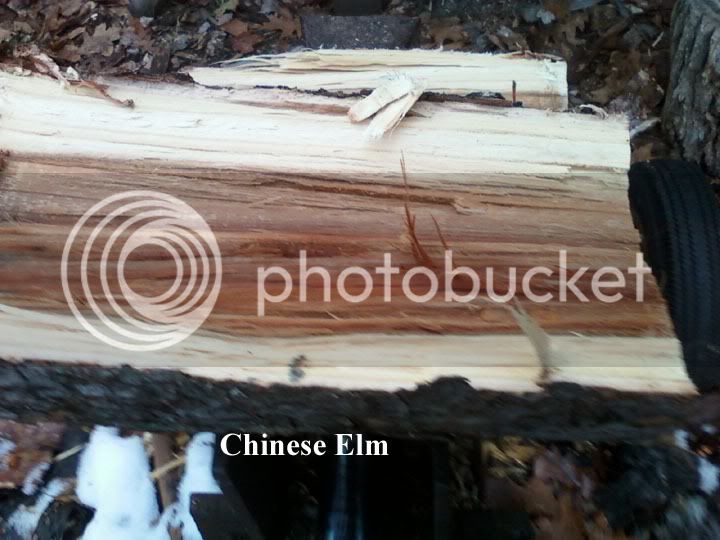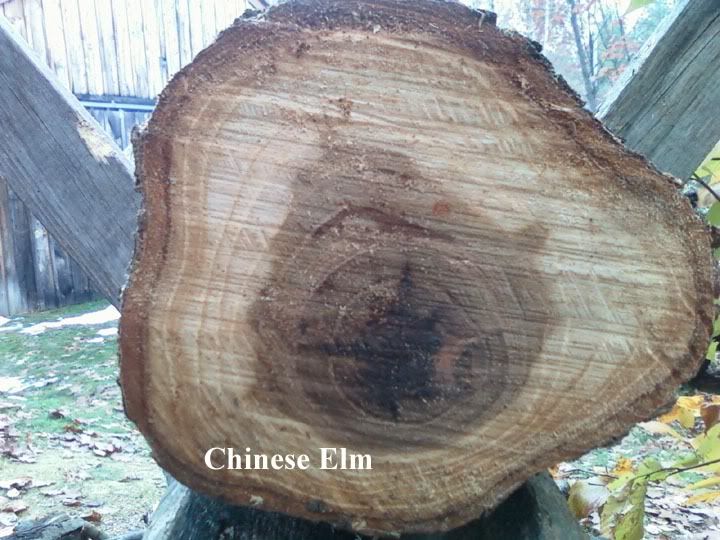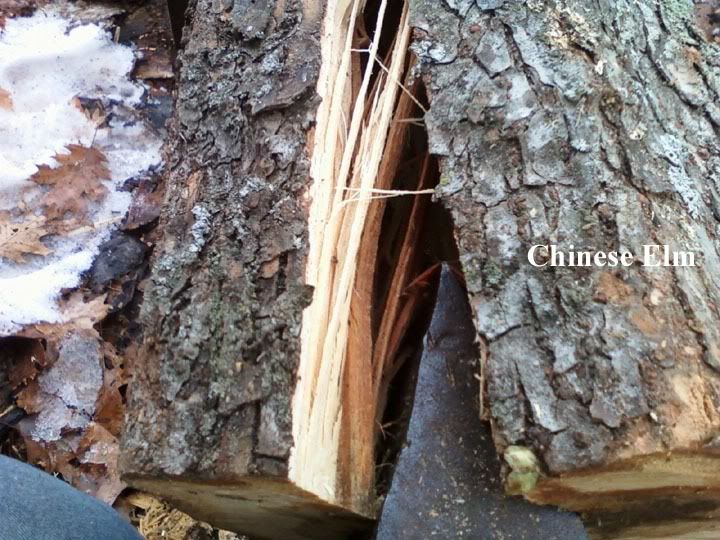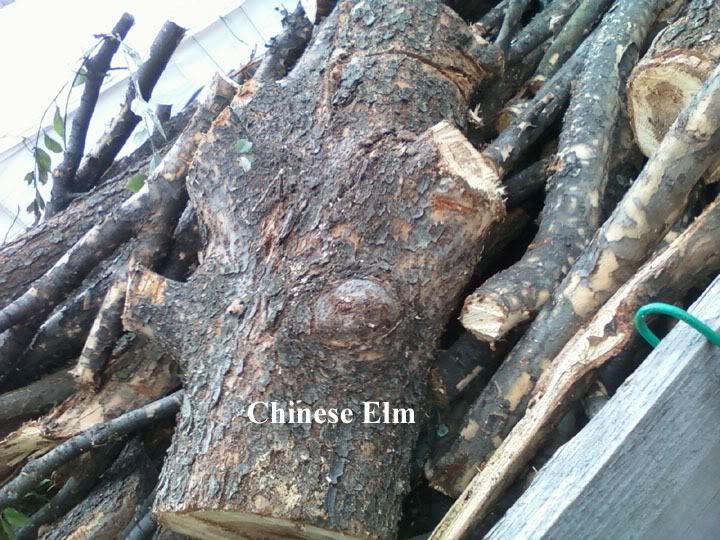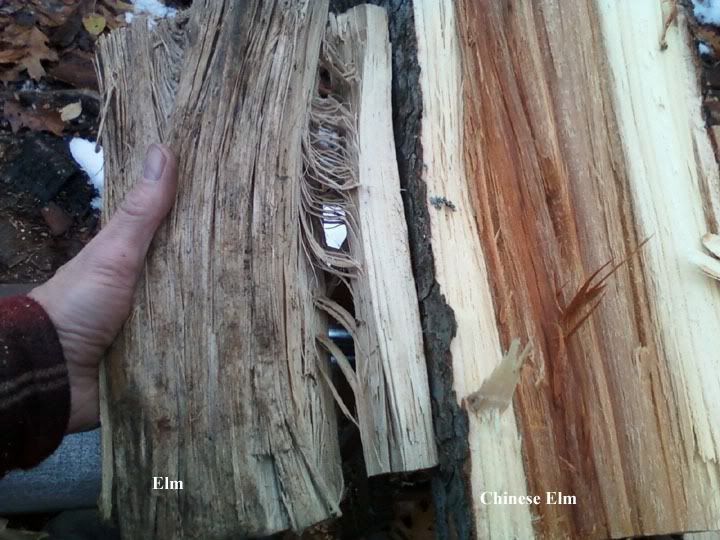Locust Cutter
Sawing for Sanity
Leaf size is the easy way to ID siberian elm. The leaves are only 1/3 to 1/4 the size of other elms. Firewood btu charts rate it the same as american elm. I hope it has some value as firewood as I've got quite a bit at the property I'm cutting. I do admit to leaving anything under 6-8" diameter as the small stuff just isn't worth it. One thing I've noticed is the bark makes a lot of ash. Good thing on alot of the trees the bark falls off as you spit it. Maybe it would be better for campfire wood?
I only cut it when I have to but it's alright in a stove. Stinks a bit, smokes a lot, and has a very high ash content. Blend some w/Locust/Osage Orange/Oak and you have a temperate fire that's warm and inviting, w/o being overwelming, (think cool weather, not heating for -15F). Most folks around here refer to Siberian (and likely all others) Elm as piss elm due to the fact that if you park anything under one for any length of time, the tree weeps all over your vehicle/tent/etc and leave a crappy film that's a pain to remove Hence pissing on your possessions.





